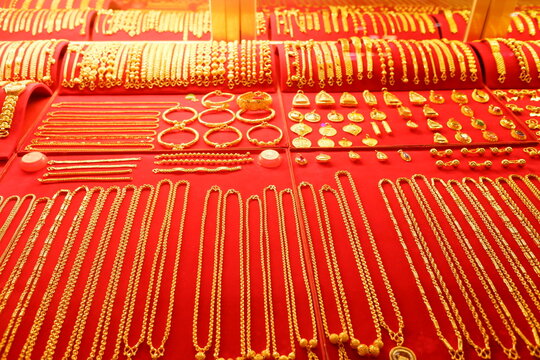Pro Methods for Verifying the Genuineness of Scrap Gold
Pro Methods for Verifying the Genuineness of Scrap Gold
Blog Article
Au has been a precious asset for centuries, and its authenticity is crucial for purchasers and sellers alike. Verifying the legitimacy of Au can avoid financial loss and guarantee that people are making sound investments. There are several effective techniques that can be used to ascertain whether gold is genuine or copyright. These methods range from simple tests that can be done at one's residence to more advanced techniques that require professional equipment.
One of the most common approaches for confirming Au is the acid test. This test involves putting a tiny amount of nitric acid to the gold item. Genuine Au will not respond to the chemical, while copyright Au or gold-coated items will show a change in color or reaction. It is important to use this approach cautiously, as the chemical can damage the item if not used properly. This test is popular because it is relatively inexpensive and can provide rapid results. However, it is advised to conduct this test in a airy area and to wear protective gloves.
Another effective technique is the magnet test. Au is not ferromagnetic, so if a magnet sticks to the item, it is probably not genuine Au. This method is easy and can be done at one's residence with just a domestic magnet. However, it is crucial to note that some gold-coated items may also not be ferromagnetic, so this test should be used in conjunction with other methods for more accurate results. The magnet test is a fast way to eliminate obvious counterfeits, making it a helpful first step in the verification process.
The mass test is another reliable method for checking the genuineness of gold. Au is a heavy metal, and its density can be calculated by weighing the item and then measuring its volume in water. To conduct this test, the gold item is measured, and then it is submerged in water to see how much water is moved. The density can then be determined using the formula: mass equals mass divided by size. If the mass of the item does not match the recognized mass of gold, it is probably not real. This approach needs some basic math skills but can provide a more precise evaluation of the item's authenticity.
For those who want a more expert approach, taking the Au item to a jeweler or a certified valuator is a good choice. These experts have specific tools and expertise to precisely assess the genuineness of gold. They can perform tests such as X-ray, which can determine the metal composition without harming the item. Professional valuators can also provide published here documentation and verification, which can be valuable for selling or insurance purposes. While this method may require a fee, it offers peace of mind and a thorough assessment.
In conclusion, confirming the authenticity of gold is crucial for anyone looking to purchase or sell this valuable metal. Techniques such as the chemical test, magnet test, density test, and expert appraisal can help individuals ascertain whether their gold is real or copyright. By using these methods, buyers and vendors can safeguard themselves from deception and make knowledgeable decisions about their investments. Comprehending these techniques can enable people in the gold market and ensure that they are handling with genuine products.